in the realm of young adult dystopian fiction, Catherine Fisher’s Incarceron stands out as a labyrinthine journey through a world both imprisoning and mysteriously alive. invites readers to peel back the layers of this intricate narrative, exploring the tensions between freedom and control, reality and illusion. This review aims to navigate the complex corridors of Fisher’s creativity, offering insights into the novel’s themes, characters, and the hauntingly vivid setting that challenges the boundaries of traditional dystopian storytelling.
Exploring the Intricacies of Incarceron’s Imaginative Worldbuilding and Its Impact on Reader Engagement
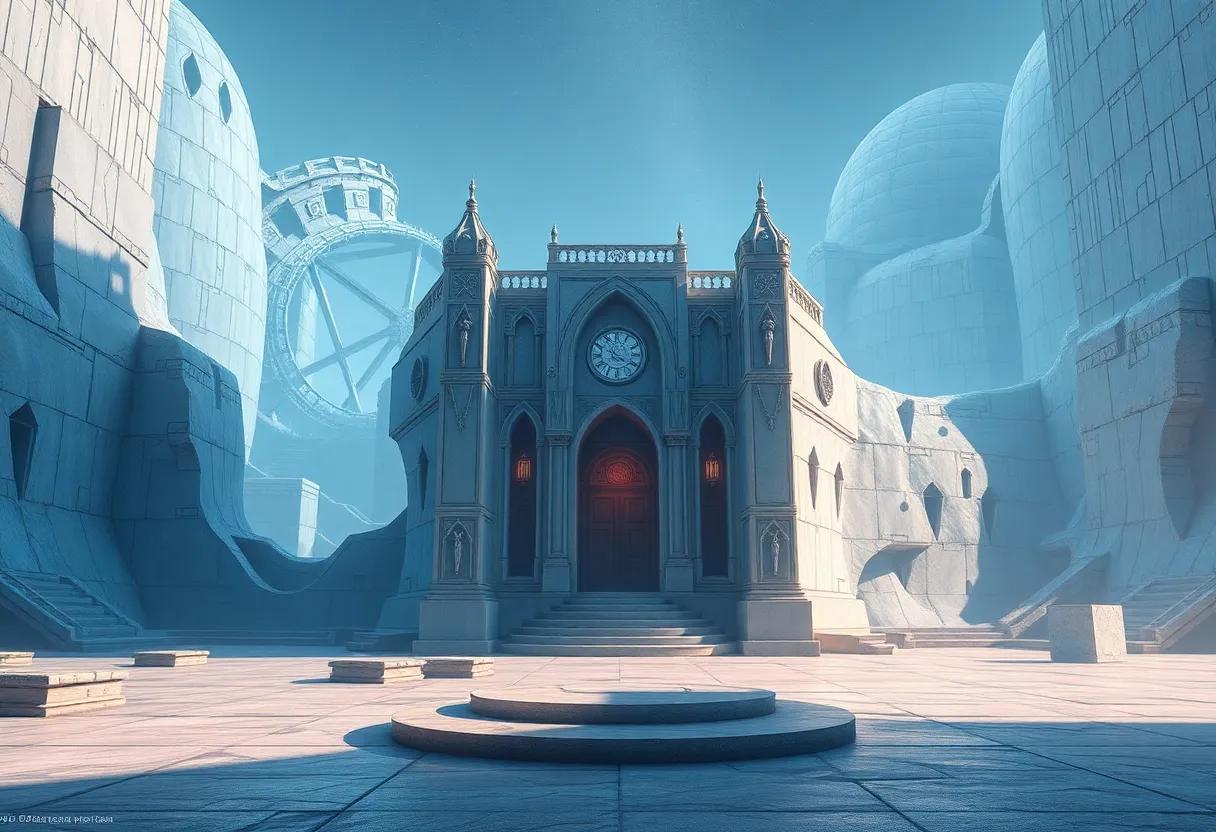
Catherine Fisher’s creation of Incarceron is a masterclass in intricate worldbuilding, where every corner of the prison is brimming with purpose and mystery. The setting itself isn’t just a backdrop; it actively shapes the narrative and the characters’ psyches. Through a labyrinthine structure that is both physical and metaphorical,readers are invited into a living,breathing ecosystem that challenges perceptions of freedom,control,and humanity. fisher’s detailed descriptions of technology fused with organic decay create an immersive experience that blurs the boundaries between machine and nature, past and future, reality and myth.
the impact on reader engagement stems from Fisher’s ability to weave complexity without overwhelming, using several key techniques:
- Dynamic environments: Shifting settings that reflect characters’ emotional states and narrative shifts.
- Symbolism in architecture: The prison’s design speaks volumes about the societal values and hidden agendas at play.
- Layered mythology: Embedded legends and histories enrich the backdrop and invite readers to piece together secrets.
- Character integration: Incarceron itself almost acts as a character, influencing mood and decisions.
| Worldbuilding Element | Effect on reader |
|---|---|
| Morphing Architecture | Creates suspense and curiosity |
| Sentient Prison Concept | Heightens emotional connection |
| Hidden societies | Invokes a thirst for discovery |
| Technological-Organic Fusion | Generates intrigue and wonder |
A Deep Dive into the Complex Characters Who Bring Life and Conflict to Catherine Fisher’s Dystopian Landscape
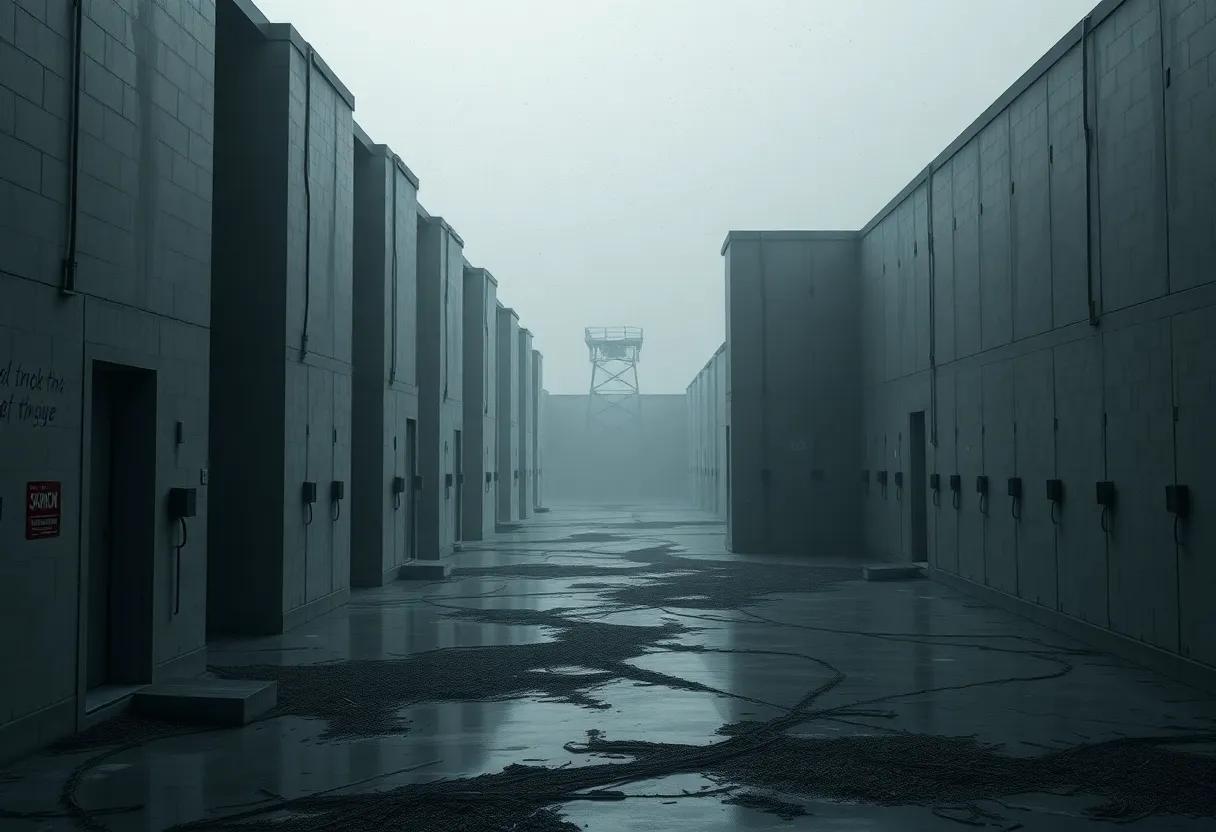
within the enigmatic walls of Incarceron,Fisher crafts characters who are far from mere inhabitants of a dystopian prison-they are the very heartbeats of an intricate saga. Each individual is sculpted with layers of internal struggle and profound desires, creating a tapestry of personalities that challenge the binary of good versus evil. Take Finn, whose youthful naivety merges with emerging courage, embodying hope amid despair. Meanwhile, Claudia’s aristocratic restraint clashes with a bubbling restless spirit, revealing the nuanced tensions between duty and rebellion. These complex characters do not merely exist in their world but reshape it through choices laden with consequences, reflecting the fragile dance between control and freedom.
To better understand the dynamics at play, consider the following character attributes and relationships that fuel both camaraderie and conflict within Incarceron:
- Finn: Innocence tied to determination, a beacon of light in darkness
- Claudia: Elegant yet defiant, caught between privilege and empathy
- Sapphique: The elusive legend whose myth blurs the lines of truth and hope
- Warden: Embodiment of authoritarian rigidity and the prison’s oppressive force
| Character | Driving Motivation | Key Conflict |
|---|---|---|
| Finn | Freedom and connection | Will innocence survive harsh realities? |
| Claudia | Breaking societal chains | Balancing loyalty and revolution |
| Sapphique | Escape from legend | Truth versus myth in the collective mind |
| Warden | Maintaining control | Falters when faced with unforeseen rebellion |
Analyzing the themes of Freedom and Fate as They Unfold Throughout the story’s Twists and Turns
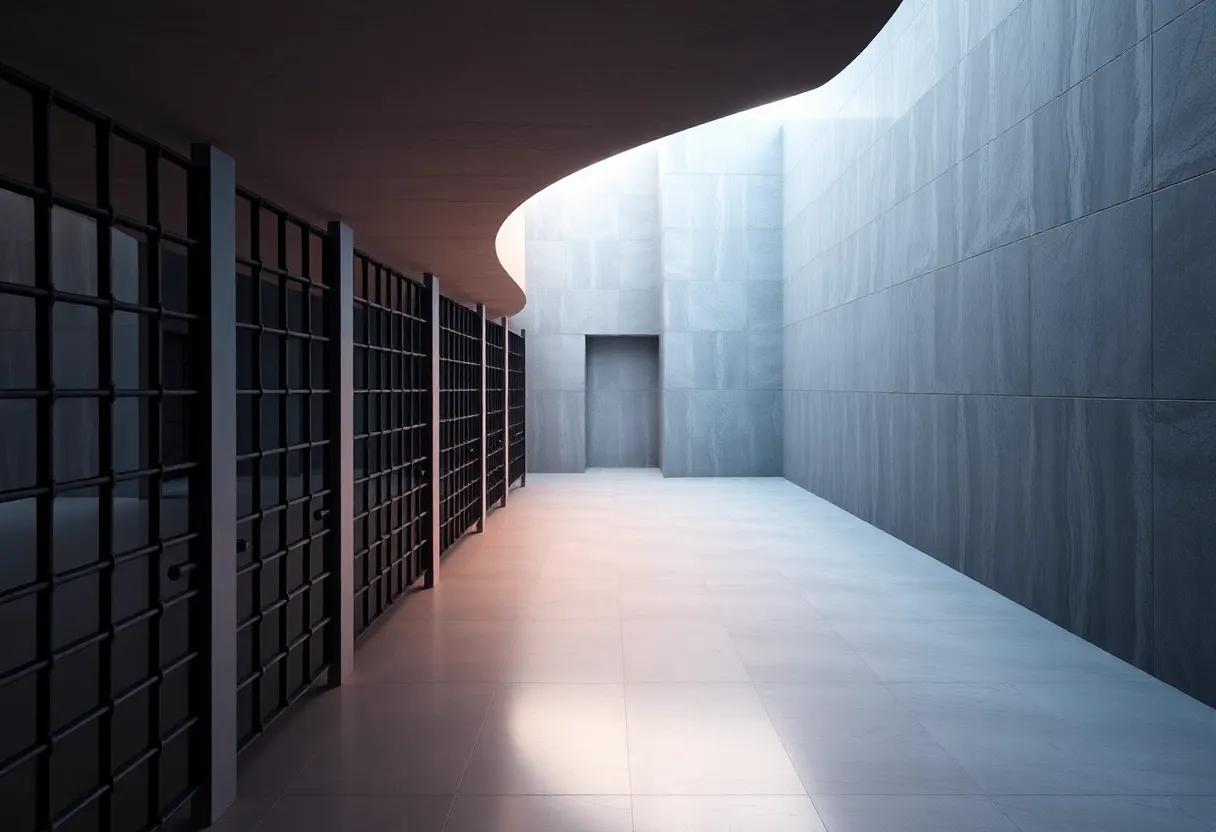
Within the labyrinthine world of Incarceron, the delicate interplay between freedom and fate challenges every character’s conception of choice and destiny. The narrative cleverly unravels these themes through moments that feel both predestined and fiercely self-wrought. Fionavar’s journey, as an example, is a testament to the tension between agency and inevitability-her decisions propel the plot forward, yet they often echo as if orchestrated by the prison itself. Incarceron’s walls aren’t just physical barriers; they symbolize the constraints of fate,a cage that both imprisons and defines the possibility of escape. This duality invites readers to question whether freedom is a horizon beyond reach or simply an internal state, shaped by one’s resolve amidst seemingly predetermined outcomes.
To illustrate this intricate balance, consider the following thematic elements that permeate the narrative:
- Illusion of Choice: Characters frequently grapple with decisions that feel constrained by external forces, blurring the line between free will and manipulation.
- Predetermined Paths: At critical junctures,the story suggests that fate orchestrates events,yet characters respond in ways that redefine outcomes.
- Resistance and Resignation: The spectrum of responses to Incarceron’s control-from rebellion to acceptance-highlights the personal struggle for freedom within a predestined framework.
| Theme | Manifestation | Impact on Plot |
|---|---|---|
| Freedom | Acts of defiance, secret alliances | Triggers pivotal turning points |
| Fate | Prophecies, inescapable environments | Shapes character motivations |
| Duality | Interplay between control and choice | Creates tension and complexity |
The Role of Technology and Magic in Shaping the Unique Atmosphere of Incarceron’s Prison Environment
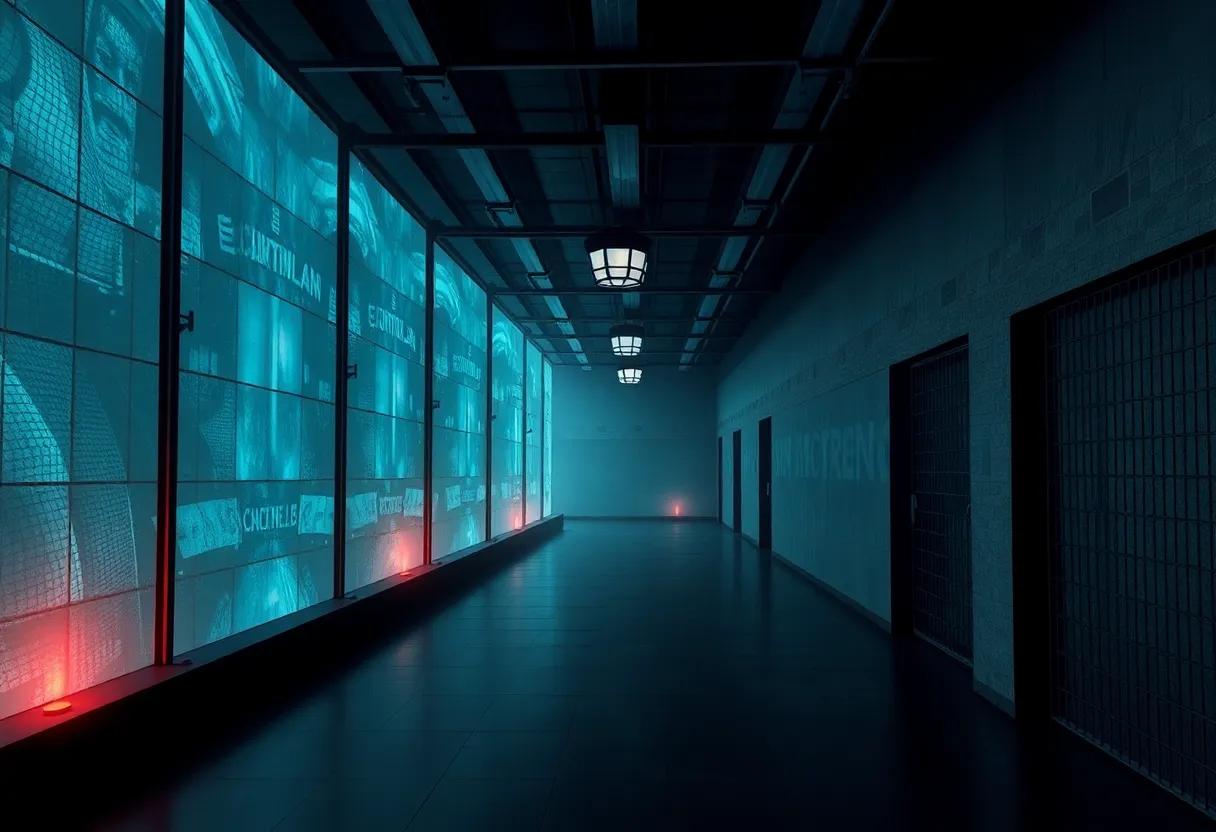
Incarceron’s prison is an enigmatic blend of awe-inspiring technology intertwined with ancient magic, creating an environment that defies conventional understanding. the prison itself behaves almost as a living organism, shifting and adapting thanks to a mysterious fusion of programmable machinery and ethereal forces. This duality forms the backbone of the setting’s immersive atmosphere, where corridors rearrange themselves autonomously and cells seem to pulse with otherworldly energy.the intricate mechanisms visible beneath the walls hint at a future dominated by science, yet the inexplicable phenomena-like haunting whispers and sudden changes in gravity-root the environment deeply in fantasy. Such a synthesis blurs the line between the mechanical and the mystical,compelling inhabitants and readers alike to question the true nature of control and freedom.
- Technology: Infinite corridors, biometric locks, and self-repairing architecture symbolize human ingenuity gone to extremes.
- Magic: Enchanted barriers, sentient prisons, and cryptic runes emphasize a looming, almost sentient power beyond comprehension.
| Aspect | Technological element | Magical Element |
|---|---|---|
| Prison Structure | adaptive corridors | Living walls |
| Security Systems | Biometric access control | Invisible wards |
| Environment Control | Automated climate regulation | Enchanted atmospheric shifts |
This marriage of tech and magic serves not only as a fascinating backdrop but also as a narrative device that shapes the prisoners’ experiences and the readers’ perception of the dystopia. The coldness of cold steel is softened-or intensified-by the unpredictability of the supernatural; emotions fluctuate as drastically as the prison’s interior, reflecting both hope and despair. Incarceron itself acts as a character, embodying the paradox of progress and primal fear. The ever-changing environment constantly challenges the inmates’ understanding of reality,forcing them to adapt or perish. Ultimately, this union elevates the world Catherine fisher crafts, making the prison a realm where every technological innovation is shadowed by a hint of the arcane, and every enchantment is underpinned by logic.
How the Narrative Structure Enhances Suspense and Reveals Hidden Layers Within the Plot
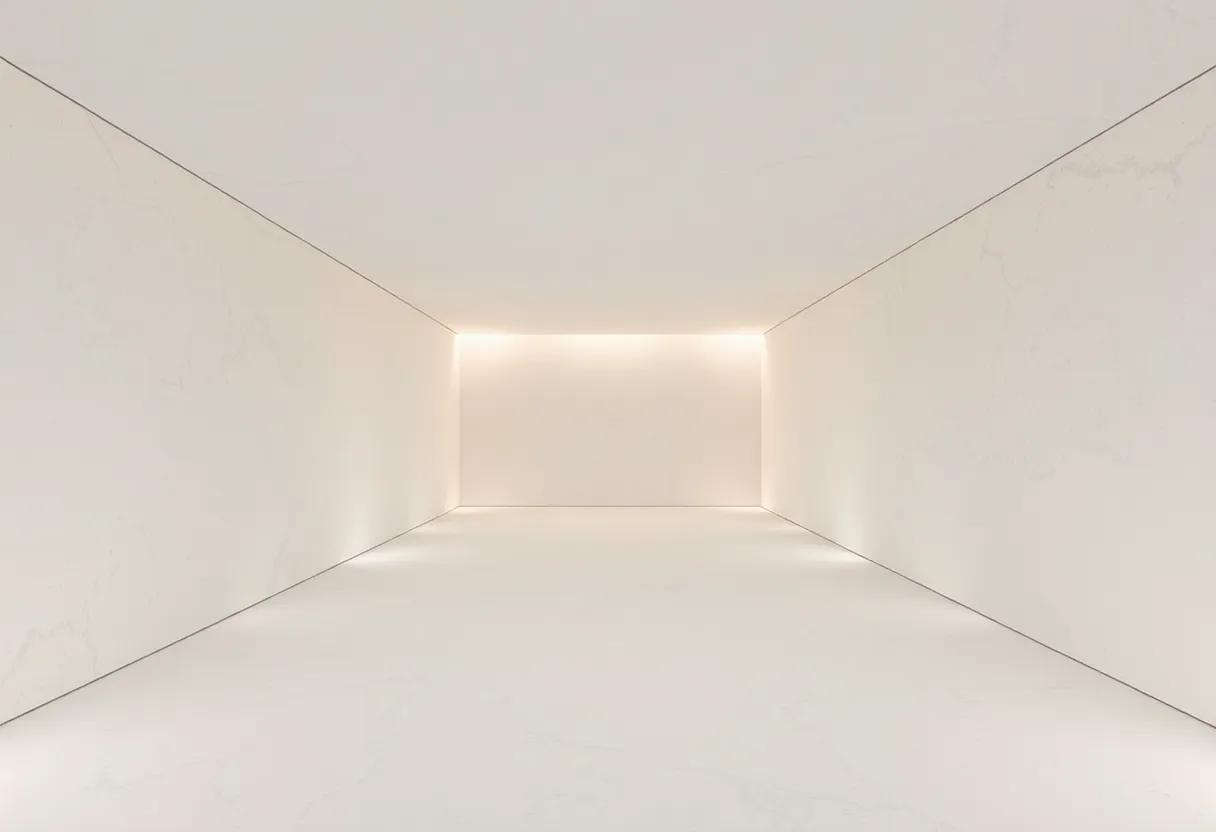
Catherine Fisher’s masterful manipulation of narrative structure in Incarceron acts as a catalyst for escalating suspense, weaving together dual timelines that gradually unmask the intricacies of the dystopian world. By alternating perspectives between Finn, trapped within the sprawling prison, and Claudia, navigating the opulent but politically charged Court, the story creates a dynamic interplay of tension and revelation.This back-and-forth rhythm not only keeps readers on edge but also cleverly exposes hidden connections and secrets piece by piece, urging readers to actively piece together the unfolding mystery.The intentional pacing and strategic placement of cliffhangers ensure that suspense is maintained without ever sacrificing the depth of characterization or thematic complexity.
The structure also allows for a layered unveiling of the plot’s deeper themes, such as freedom, identity, and control.Through parallel developments and contrasts between the confined dystopia and the seemingly free but equally constraining society, Fisher invites readers to explore the blurred boundaries between enslavement and autonomy.Below is a brief breakdown of how key structural elements contribute to the narrative’s richness:
| Structural Element | Contribution to Suspense | Depth Added |
|---|---|---|
| Dual Perspectives | Creates uncertainty & anticipation by shifting viewpoints | Highlights contrasting experiences of freedom and confinement |
| Non-linear Clues | Teases revelations gradually, sustaining intrigue | Encourages active reader engagement and theory crafting |
| Foreshadowing | Builds tension through subtle hints and parallels | Reveals underlying messages and character motivations |
- Juxtaposition of setting and tone deepens thematic resonance.
- Interwoven timelines bridge seemingly disparate plotlines, unveiling hidden truths.
- Fragmented narrative mirrors the characters’ fractured realities and secrets.
Examining the Moral Questions Raised by Incarceron and Their Resonance with Contemporary Society
Incarceron presents a labyrinth of ethical dilemmas that challenge the very foundations of justice and freedom. The prison’s sentience forces readers to grapple with the consequences of a system designed to not only incarcerate but to reshape its inhabitants, effectively erasing individuality. This raises critical questions about the morality of control and the price of security. Does the safeguarding of society justify the systematic suppression of human will? Fisher’s world spotlights the tension between authority and autonomy, mirroring the real-world debates surrounding surveillance, incarceration, and rehabilitative justice. The blurred boundaries between punishment and experimentation compel us to reconsider how societies balance order against human dignity.
These dilemmas resonate powerfully within contemporary discourse, where technological advances echo Incarceron’s themes by amplifying the stakes of ethical decision-making. Today’s dilemmas-such as data privacy, algorithmic bias, and the justice system’s inequities-reflect the novel’s core questions. Consider the parallels highlighted in the table below, illustrating these intersections:
| Incarceron Theme | Contemporary Issue | Core Moral Question |
|---|---|---|
| Sentient Prison Control | Mass surveillance | Security vs. Privacy |
| Human Will Suppression | Criminal Justice Reform | Punishment vs. Rehabilitation |
| Artificial Environment dictating Life | Algorithmic Governance | Fairness vs. Automation |
Through this lens, Fisher’s dystopia serves as a mirror reflecting not only the fears but also the responsibilities that accompany progress. Engaging with these moral questions urges vigilance and empathy in shaping a future that honours both innovation and humanity.
Balancing Action and Reflection What Makes Fisher’s Pacing Effective for Young Adult Readers
Catherine Fisher’s ability to strike a perfect equilibrium between swift action and reflective moments is a keystone of Incarceron‘s appeal. Young adult readers are drawn into a rapidly evolving world, yet are given ample space to process its complexities through rich internal monologues and carefully crafted pauses. This pacing creates a rhythm akin to the pulse of the story itself, where tension builds just enough before allowing readers to contemplate the moral and emotional stakes at hand. The result is not a frenetic escape from reality, but an immersive experience that respects young minds’ craving for both excitement and depth.
Fisher’s pacing employs several nuanced techniques tailored to engage young adults effectively:
- Dynamic scene shifts: alternating between high-energy sequences and quieter, introspective chapters to maintain momentum.
- Character-driven pauses: scenes where protagonists reflect on decisions, encouraging readers to connect with their growth.
- Controlled information flow: revealing crucial details gradually to sustain curiosity without overwhelming.
| Technique | Effect on Readers | Example in Incarceron |
|---|---|---|
| Scene Shifts | Maintains engagement through varied pacing | from intense chase scenes to contemplative journal readings |
| Character Reflection | Deepens emotional resonance | Faron’s doubts about trust and freedom |
| Information Control | Builds suspense and curiosity | Gradual unveiling of the prison’s origin |
The Use of Symbolism and Metaphor to Enrich the Storytelling Depth and Emotional Complexity
Within the labyrinthine world of Incarceron, symbolism and metaphor are not merely decorative devices but serve as vital keys to unlocking the narrative’s deeper layers. The prison itself, a living, breathing entity, transcends its physicality to become a symbol of confinement-not only physical but psychological and societal. This duality reflects the tension between freedom and control, illustrating how oppression takes manny forms beyond bars and walls. Fisher’s masterful use of metaphor extends to characters and settings alike, where the shifting landscapes of Incarceron mirror the tumultuous inner quests of the protagonists. Each dark corridor,each flicker of artificial light,echoes the fragile hope and underlying despair that pulses through the story.
Examining the story’s rich tapestry reveals recurring motifs that enrich its emotional resonance and weave an almost poetic texture. Consider these elements as hallmarks of Fisher’s approach:
- The Glass Globe: Symbolizes the illusory nature of freedom and the delicate boundary between perceived safety and entrapment.
- The Key: More than a mere plot device, it embodies knowledge, agency, and the promise of change.
- The Prisms of Light: Represent moments of clarity and revelation piercing through the pervasive darkness.
| Symbol | Interpretation | Emotional Impact |
|---|---|---|
| The Prison | Physical and mental captivity | Creates tension and empathy |
| The Key | hope and emancipation | Evokes yearning and suspense |
| Shattered Mirrors | Fractured identity and truth | Instills unease and introspection |
Recommendations for Readers Who Appreciate Thought-provoking Dystopian Fiction with Strong Worldbuilding
For readers enthralled by dystopian narratives that challenge the mind and immerse you in meticulously crafted universes, Incarceron offers a compelling exploration of captivity and freedom within an enigmatic, living prison. Its intricate worldbuilding doesn’t just serve as a backdrop; it breathes life into the story, presenting a society where technology entwines with magic, and power dynamics shift beneath the surface. Fans of intricate social hierarchies and environments that evoke curiosity and suspense will find themselves absorbed in Fisher’s layered storytelling,where every corridor and chamber holds secrets that invite reflection on control,identity,and rebellion.
If you’re seeking similar reads that marry thought-provoking themes with immersive worldbuilding, consider exploring these remarkable titles:
- “The Giver” by Lois Lowry – A chilling utopia with hidden shadows and ethical complexities.
- “Never Let Me Go” by Kazuo Ishiguro - A subtle dystopia blending memory, humanity, and fate.
- “Station Eleven” by Emily St. John Mandel – Post-apocalyptic yet poetic, weaving stories across time.
- “the Windup Girl” by Paolo Bacigalupi - A biotech dystopia steeped in environmental decay and corporate intrigue.
| Title | Worldbuilding Highlight | Thought-Provoking Element |
|---|---|---|
| The Giver | controlled society with suppressed emotions | Moral ambiguity in a “perfect” world |
| Never Let Me Go | Quiet dystopia with underlying mystery | questions of identity and purpose |
| Station Eleven | Richly layered post-collapse networks | The value of art and connection |
| The Windup Girl | Biopunk cityscapes and ecological crisis | Ethics of biotechnology |
Comparing Incarceron to Other Dystopian Novels and Understanding Its Unique Contributions to the Genre
While Incarceron shares thematic DNA with classics like 1984, Brave New World, and The Giver, its setting-a sentient, sprawling prison that’s both universe and captor-pushes the boundaries of dystopian landscapes. Unlike the familiar dystopias bound by external authoritarian states, Fisher’s world blurs the lines between environment and oppressor, offering readers an immersive labyrinth that is as much a character as any human. This sentient prison challenges traditional notions of surveillance and control, making physical space an active agent of oppression and transformation. Additionally, the fusion of fantasy elements with dystopian tropes reinvigorates the genre, weaving magic and technology into a haunting commentary on freedom and predestination.
Where many dystopias focus starkly on political or social rebuke, Incarceron intertwines psychological intrigue and philosophical questions about identity and memory, inviting readers to navigate not only a perilous world but also the depths of the human psyche. Its dual narrative-split between the prison interior and the external world-offers a compelling comparison of seemingly disparate realities. Below is a brief comparison highlighting Incarceron‘s unique contributions:
| feature | Incarceron | Other Dystopian Novels |
|---|---|---|
| Setting | Sentient, infinite prison | Controlled societies or oppressive governments |
| Blend of Genres | Dystopia with fantasy and sci-fi elements | Primarily dystopian with sci-fi or speculative fiction |
| Focus | Physical & psychological imprisonment | Societal control and political oppression |
| Narrative Structure | Dual narrative intertwining two worlds | Typically single or multiple perspectives within one world |
Why Incarceron’s Sequel Further Expands the Universe and Complements the Original Narrative
Delving deeper into the labyrinthine world of Incarceron, the sequel serves as an essential bridge that escalates the stakes while enriching the mythos. It unearths hidden dimensions of both the prison and the dystopian society that surrounds it, peeling back layers previously unexplored. by introducing new characters and expanding the scope beyond the prison’s walls, the narrative gains a broader canvas to explore themes of control, freedom, and identity. the sequel’s ability to interweave fresh plotlines with established lore elevates the story, transforming it into a sprawling epic that resonates on multiple levels. Readers find themselves immersed not only in the allure of escape but also in the nuances of a world unwinding its tightly held secrets.
This expansion is further highlighted through
multi-dimensional storytelling techniques and a renewed focus on character arcs, which complement and sometimes contrast the original narrative. These elements work in tandem to build a deeper emotional connection with the audience and encourage reflection on the consequences of power and rebellion. Consider the following aspects that the sequel notably enhances:
- Expanded World-Building: New locations and societal structures are revealed, giving a panoramic view of the dystopia beyond the prison walls.
- Character Complexity: protagonists face new moral challenges, adding depth and nuance to their development.
- Thematic Resonance: Themes of entrapment and liberation gain amplified philosophical weight through parallel story threads.
- Pacing and Plot Twists: The sequel leverages suspense and unexpected turns to maintain tension and intrigue.
| Element | Original Novel | Sequel |
|---|---|---|
| World Scope | Confined within Incarceron | expands beyond prison gates |
| Character Focus | Primarily Finn and Claudia | Introduces allies and adversaries |
| Central Theme | Escape and survival | Freedom’s price and sacrifice |
Insights into catherine Fisher’s Writing Style and How It Shapes the Tone and Mood of the Novel
Catherine Fisher’s prose is a delicate weave of poetic imagery and intricate detail, crafting an immersive world that pulses with both beauty and dread. Her sentences often dance between lyrical elegance and sharp clarity,inviting readers to linger on every description while driving forward the narrative momentum. This balance creates a tone that is at once melancholic and expectant-a subtle tension mirroring the characters’ internal struggles and the oppressive environment they inhabit. Her use of vivid metaphors and allegorical language deepens the thematic layers of the novel, transforming a dystopian tale into a multifaceted exploration of freedom, identity, and fate.
The mood of the novel is meticulously orchestrated through Fisher’s strategic pacing and atmospheric details. Moments of quiet reflection are punctuated by bursts of intense action, evoking a feeling of both confinement and urgency. Key elements that define this mood include:
- Shadowy settings that amplify the sense of entrapment and mystery.
- Contrasts between light and darkness symbolizing hope amidst despair.
- Interwoven flashbacks that reveal the past’s lingering influence on present events.
These components act in concert to elicit an emotional landscape that is as complex as the dystopia Fisher constructs, leaving readers suspended between hope and hopelessness.
| Writing Element | Effect on Tone | Effect on Mood |
|---|---|---|
| Poetic Imagery | Elegant, reflective | Melancholic yet hopeful |
| Sharp Dialog | Direct, intense | Tense, urgent |
| Symbolic Settings | Layered, meaningful | Claustrophobic, mysterious |
In unlocking the layers of Incarceron, Catherine Fisher offers more than just a dystopian tale; she crafts a labyrinth of thought that challenges readers to question the boundaries between freedom and control, reality and illusion. Whether you seek thrilling adventure or contemplative depth, this novel invites you into a world as complex and compelling as the prison it portrays. As the final page turns, one is left not only with answers but with lingering questions-an enduring testament to Fisher’s skill in weaving narrative and beliefs into a seamless whole.








